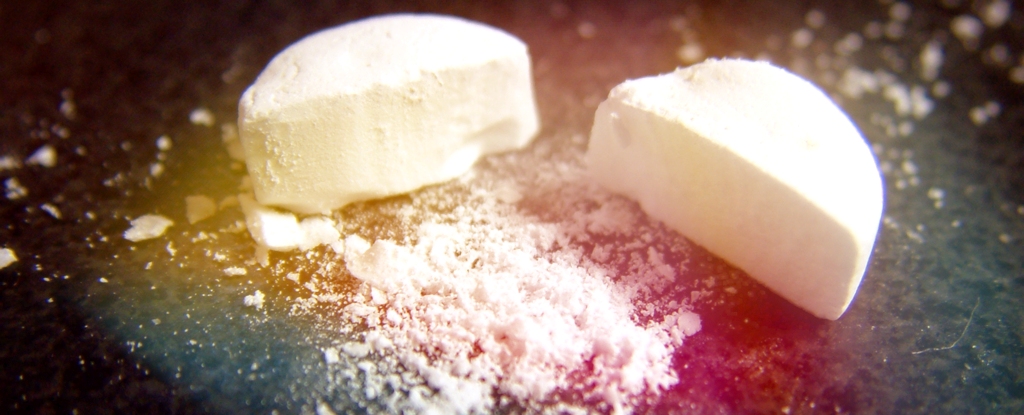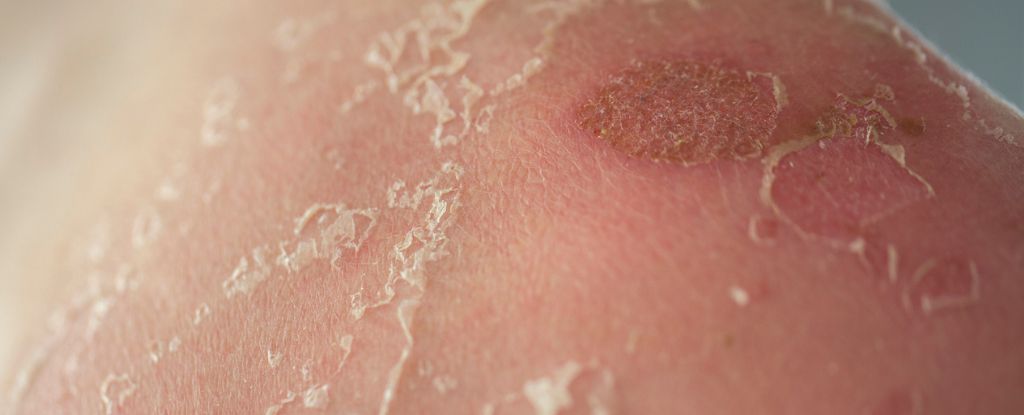Drug dealers have found a way to trick law enforcement by using one of our body’s most powerful tools: our metabolism. Welcome to the world of prodrugs.
Prodrugs are substances that cannot have an effect until they are broken down by enzymes in the digestive system or other chemical reactions in the body.
Although they have legitimate pharmacological uses (Between 5% and 7% of approved drugs fall into this category), her use as street drugs is a relatively new phenomenon.
Most illegal drugs work Interaction with certain brain cell receptors, which stimulates or blocks the release of chemicals called neurotransmitters. They persist for a short time before being converted into inactive or less active chemicals, which are then excreted from the body, usually in the urine.
However, with prodrugs, a small part of the molecule must be removed or replaced before it can act on these receptors. This happens through natural processes in the body. ALD-52 (1-acetyl LSD) is a prodrug that is converted into LSD by the body after removing two carbon and one oxygen atoms.
Although some reports indicate that ALD-52 has been around since the 1960s when it was first officially discovered 2016 by the authorities in France. The UK government was quick to classify this prodrug as a controlled substance already in 2014, although there have been no reports of drug seizures or known damages. Since then many other prodrugs has been identified.
Seizure of LSD prodrugs such as ALD-52 increased at the peak of the year COVID pandemic in Italy. The Japanese authorities are dealing with an increasing number of cases related LSD prodrug compounds. And in Brazil the first reports of these LSD prodrugs were manufactured in 2022.
The party drug GHB also has one Prodrug Equivalent. It’s called GBL (gamma-butyrolactone).
The UK introduced tighter controls on GBL, which is normally sold as a cleaning product. in 2022. Due to the strong recommendations of the Government Advisory Council on Substance Abuse, GBL is now classified as a Class B drug alongside cannabis and other drugs ketamine.
With stimulants, it is known that some commercially available drugs can and can be converted into amphetamines in the body abused because of their potentially psychoactive effects – which justifies the strict control over their prescription.
Drug dealers have also developed ways to disguise illegal drugs MDMA (ecstasy) by adding a small molecule that can be removed by chemical reactions or in the stomach by contact with stomach acid.
Difficult to see
A major problem with prodrugs is that they are difficult to detect. need police forces reference pattern to compare the drug, or advanced equipment to discover its molecular structure.
Since the list of these compounds is not known and minute chemical changes can lead to different patterns to be analyzed, these new drugs are easy to miss. It also explains why many only appeared in police reports in the last decade.
With biological samples (like blood, urine or saliva) there is another difficulty. Since the prodrugs have to be converted in the body before they become active, they are convenient absent in fatal overdose cases, since the substance that causes harm and death is the product of this conversion.
Therefore, distinguishing prodrugs from the more classical components into which they are converted is an obstacle. Even if the overall effects leading to death would be the same, proper identification of the drug originally used can help identify trends in illicit sale, use, and availability.
For GHB prodrugs—namely GBL and 1,4-butanedione—legislators have gradually incorporated them into more stringent and specific laws. But in many countries, LSD prodrugs fall into a gray area.
While France, Japan and the UK have nominally included ALD-52 and 1p-LSD in their controlled substance laws, the US and Canada must demonstrate that they are an analogue – meaning they have a similar molecular structure and are capable of producing the same effects – or they are not covered by current legislation.
There are new psychoactive substances in the UK defined as either a compound falling under the Psychoactive Substances Act 2016 or a compound falling under the Misuse of Drugs Act (post 2008).
However, to be included under the Psychoactive Substances Act 2016, there must be evidence of induction of psychoactivity – defined as those compounds that can impair mental functioning, such as: cognition, mood and emotions.
Psychoactivity can also be determined in the laboratory testing. Drugs are incubated with a small number of cells and researchers measure whether they bind to proteins on the surface called receptors. However, many prodrugs do not bind to the receptors before they are converted.
When a substance is not listed as controlled in legislation and laboratory testing (for molecular similarity or binding to receptors) is required, there is more room for disagreement in court.
While such seizures are rare and do not match the numbers of commonly used drugs such as cocaine, cannabis or heroin, their appearance on the illicit market should serve as a warning sign of possible changing trends in the illicit drug market.
There are potentially unknown effects – in terms of intensity and duration – but also difficulties in prosecuting those who supply these prodrugs.
This means, for example, that a new psychoactive substance has entered the illicit market every week in 2021the sheer variety of drugs on the market was cited as one of the reasons Big Challenges for toxicologists and forensic chemists.
Julio de Carvalho PonceForensic Science Lecturer University of Winchester
This article was republished by The conversation under a Creative Commons license. read this original article.





